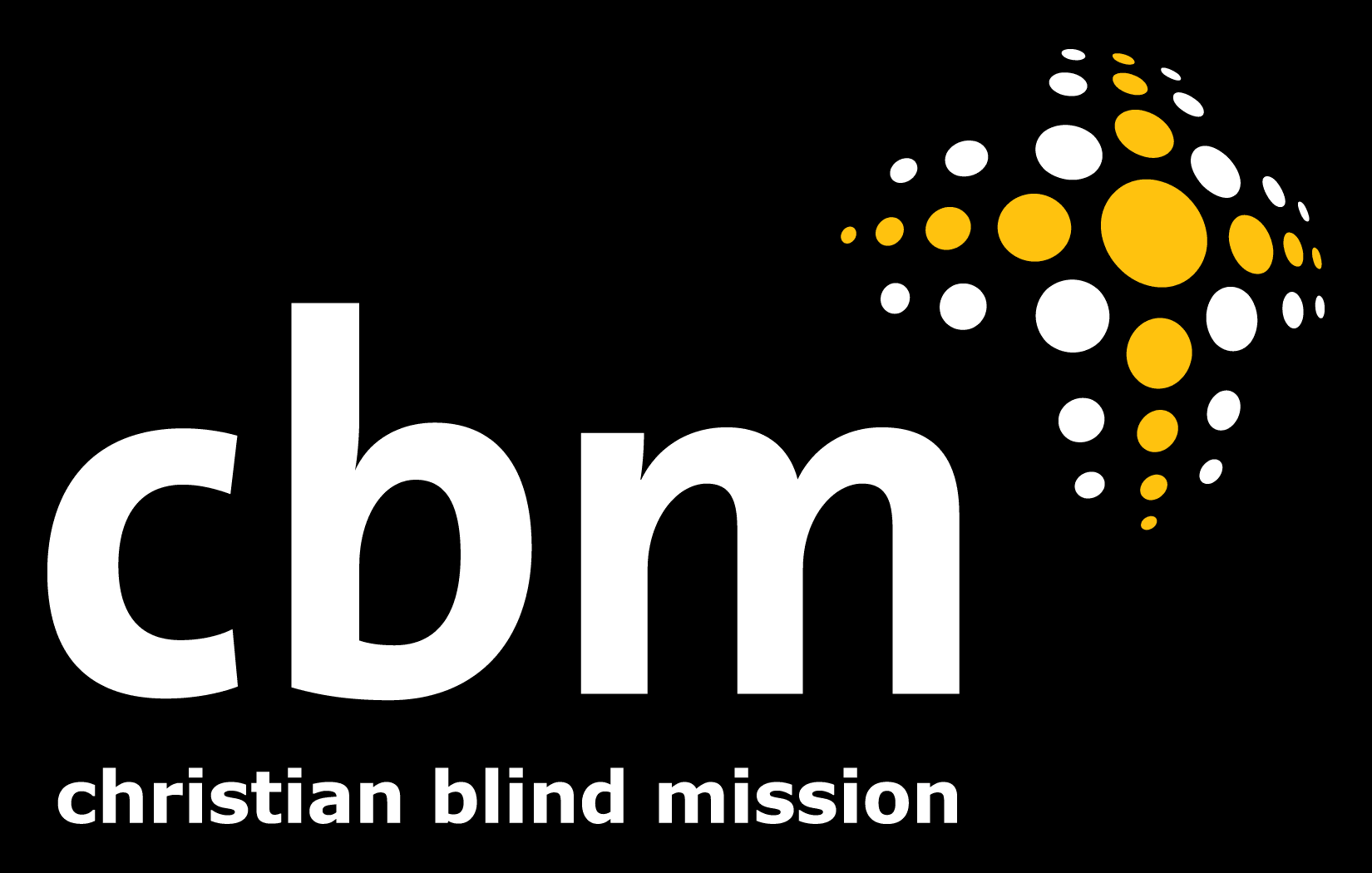Executive
The Executive is the governing body for the Association and exists to enact the broad aims of the Association, as given in the constitution, and as voted on by the membership. These are to further the interests of Christian schooling by:
Providing high quality support to member schools
Providing schools with professional development based on a Christian worldview
Providing effective leadership development
The executive employs a paid secretary. Sarndra Rauzi is currently appointed to this role.
The Role of the Executive
Key Roles:
It is the duty of the executive to carry on the business of the association; to keep members informed of progress and developments; to notify the members of the time and venue of the AGM and to promote the aims of the association.
The executive:
- Determines the day-to-day business of the association on behalf of its membership and jointly gives direction to the secretary.
- Determines the expenditure of the association.
- Organises the biennial leaders' conference.
- Liaises with the host school for the association conference on the alternate year.
- Brings major decisions, strategic priorities and changes to existing processes to the membership at the annual general meeting.
Other duties:
Executive members also take a share of the workload associated with:
- Upholding the association and its members in prayer.
- Promoting the association's aims.
- Approving on-line payments on a fortnightly basis in accordance with executive direction (applies only to signatories).
- Visiting member schools where appropriate to support the school's principal.
- Establishing the job description, performance objectives and annual appraisal process for the secretary.
- Appointing an annual appraiser for the secretary.
Role of the Chairperson
The Chairperson carries out the role of an executive member. In addition, the chairperson carries out the following roles:
Key roles:
- Organises the agenda of the executive meetings and chairs them.
- Ensures the agreed direction of the executive and association is followed.
- Presides at meetings of the association and endorses the provisions of the constitution.
- Liaises with the secretary on a regular basis regarding matters arising in the day-to-day business of the association.
- Speaks for the association in public forums, media releases and to the Ministry of Education.
- Makes decisions as to whether it is appropriate to bring matters to the executive for discussion (high level and financial decisions) or to decide matters on behalf of the executive (low level decisions) and then report to the executive.
Additional roles:
- Signs official documents on behalf of the association.
- Discusses the association's financial management with the person conducting the review of the annual financial statements.
- Edits association publications, e.g. AGM agendas/reports and the Whiteboard bulletin/prayer diary.
- Reports to the members annually on progress and developments by way of the chairperson's annual report.
- Liaises with leaders of other associated Christian entities to establish networks and identify common goals and areas for cooperation (in consultation with the executive).
- The role involves approximately 1.5 hours per week of administration and leadership.
Meeting process
- The executive meets 3-4 times per year to make decisions on behalf of the association. This involves (i) One or two days per meeting spent in travel, discussion and decision-making (ii) Reading any material sent out with the agenda, including discussion documents, conference feedback, budgets, financial reports etc.
- Meetings open and close in prayer in recognition of the fact that we seek to honour God in our meetings and to see him glorified through Christian schooling in NZ and through our association.
- Meetings will be run in a manner similar to school Board of Trustees meetings and with an emphasis on openness, transparency and 'no surprises'.
- Meetings are held in such a manner that robust dialogue can occur, so that informed decisions are made for the benefit of the members and that unity of purpose is maintained.
- The secretary will call for suggestions for agenda items a month prior to the meeting and then orgaises the draft agenda.
- The chairperson will make the final decision as to the agenda two weeks prior to the meeting.
- Meetings are chaired by the elected chairperson (or deputy in the absence of the chair).
- Due consideration will be given to all items on the agenda except where these have been deferred to the next meeting.
- All members of the executive have equal voice and decisions are passed by a majority vote.
Executive elections
Election process:
- The executive of the association shall comprise five members, elected from groups having full membership.
- Appointments are for three years duration unless the member resigns from the position.
- Election of members for positions which have lapsed will occur at the annual general meeting.
- The process for election will be by secret ballot and the process will be run by the secretary.
- Calls for nominations will be held in the year that positions are vacant and candidates will be given the opportunity to submit a biographical summary to the secretary so that members can vote in an informed manner.
- The secret ballot paper will have a list of all candidates and voters will be able to vote once for as many candidates as there are vacancies. The candidates with the majority of votes will be declared successful in order to fill the number of vacated positions.
- The secretary will co-ordinate the counting process and will advise the membership at the conclusion of the annual general meeting.
Electing the Chair
- The chairperson will be elected as the first order of business at a special meeting later in the conference during which the executive is elected.
- Nominations for the position of the chairperson will be called from those who were on the previous executive.
- Tenure of the position will be from this meeting to the same meeting in the following year.
- Where more than one person is nominated, candidates will give a two-minute speech on why they want to take on the chairperson role.
- Election of the chairperson will be according to the following process:
- The election will be chaired by the secretary.
- The secretary will call for nominations (members can self-nominate).
- If only one candidate is nominated, the secretary can call for a motion of confidence in that candidate as the chairperson.
- If more than one candidate seeks election then the secretary will call for a vote by secret ballot.
- All members may vote, including candidates.
- In the event of a tied vote, the election must be re-held after discussion.













